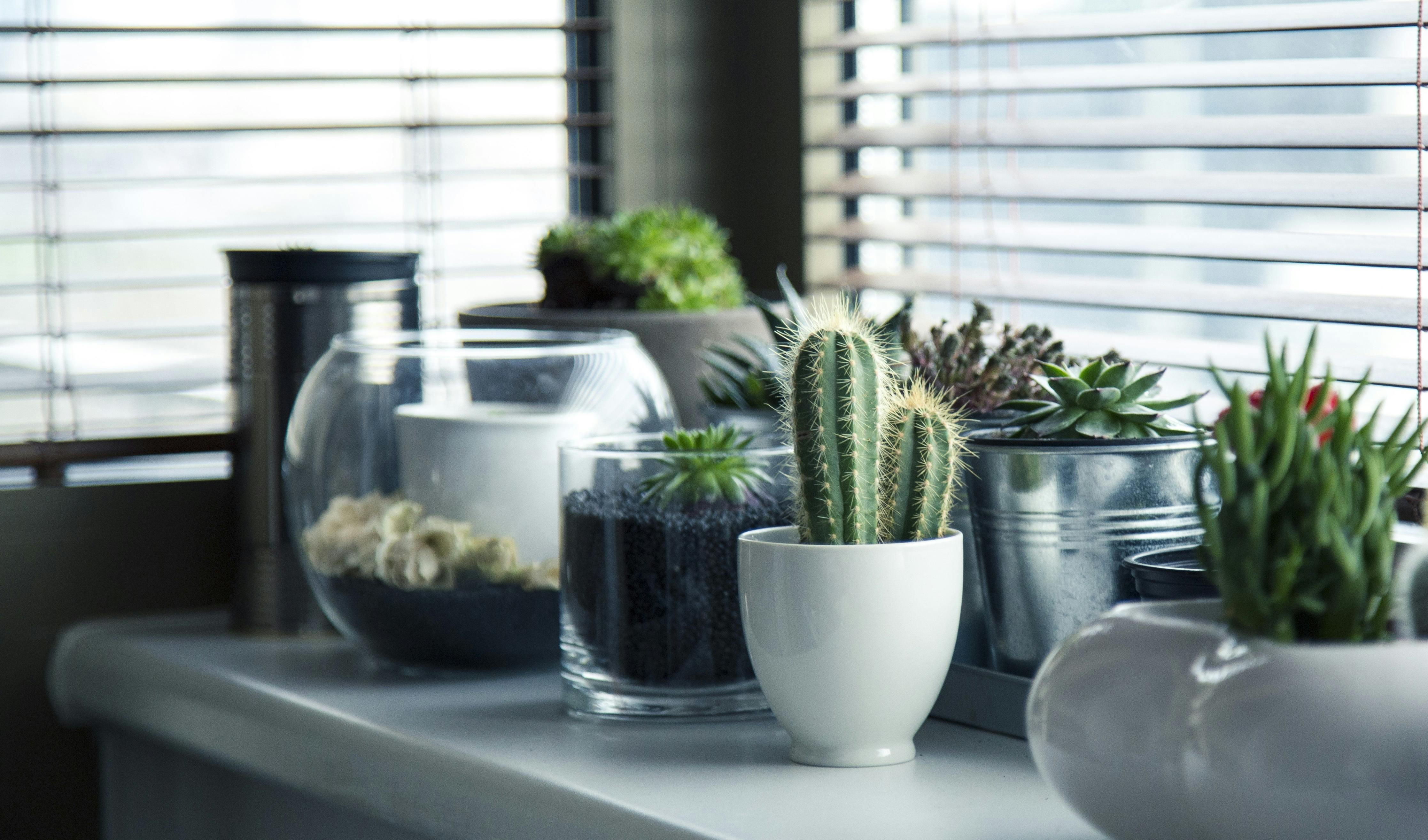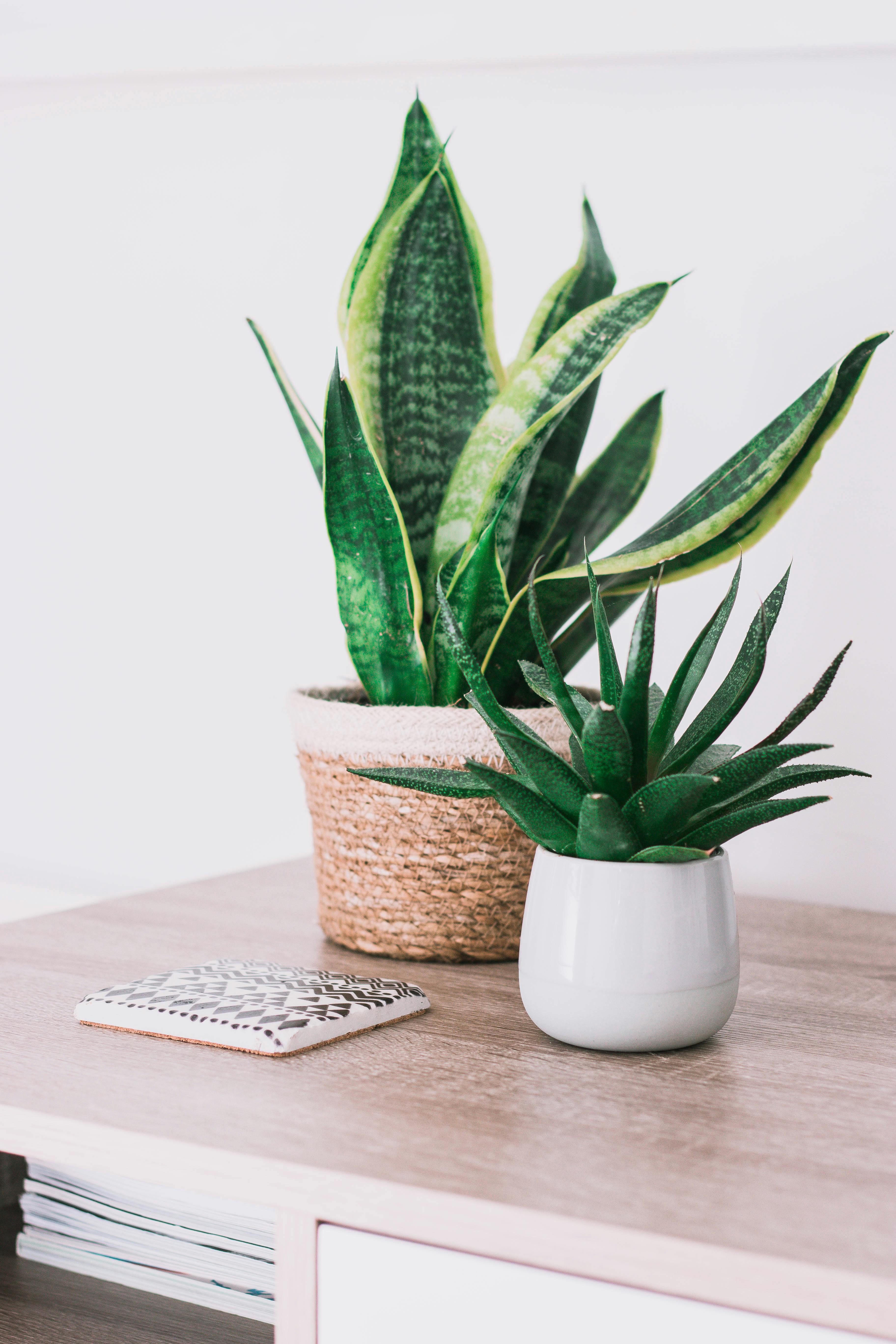
What Are Succulent Plants?
Ever gazed at a lush, plump succulent and wondered what makes these plants so captivating? Succulent plants, with their diverse shapes and striking textures, have taken the gardening world by storm. Whether you’re a seasoned gardener or just starting out, understanding succulents can transform your approach to indoor and outdoor plant care. These fascinating plants are not only beautiful but also incredibly resilient, making them a perfect choice for anyone looking to add a touch of green to their space. In this comprehensive guide, we’ll explore the world of succulents, their unique characteristics, and how to care for them. Discover why succulents are so beloved and how they can thrive in your home or garden.
What Are Succulent Plants?
Succulent plants are a unique group of plants known for their ability to store water in their leaves, stems, or roots. This adaptation allows them to survive in arid environments where water is scarce. The term “succulent” is derived from the Latin word succus, meaning juice or sap, reflecting their water-storing capacity. Succulents come in a wide range of shapes, sizes, and colors, which make them popular for both indoor and outdoor gardening.

Characteristics of Succulents: Succulents typically have thick, fleshy parts that retain moisture. These adaptations help them endure periods of drought. Their leaves, stems, or roots often have a waxy coating or a tough outer layer to minimize water loss. Additionally, many succulents have unique and attractive forms, including rosettes, columns, or trailing vines, making them a visual delight.
Types of Succulents: Succulents are a broad category that includes various families and species. Some well-known types include cacti, jade plants, aloe vera, and echeverias. Each type has its own distinctive characteristics and care requirements. Despite their differences, they all share the common trait of water storage.
Where They Grow: Succulents are native to diverse environments, including deserts, high mountains, and tropical regions. Their adaptability to different climates makes them versatile for various gardening conditions, from sunny windowsills to dry outdoor landscapes.

Popular Succulent Varieties
Succulents encompass a broad spectrum of species, each with unique characteristics and care needs. Here are some popular succulent varieties that you might encounter or want to add to your collection:
1. Aloe Vera: Known for its medicinal properties, Aloe Vera features thick, fleshy leaves with serrated edges. It’s commonly used for its soothing gel, which is beneficial for burns and skin irritations. Aloe Vera prefers bright, indirect light and well-draining soil.
2. Echeveria: With its rosette-shaped leaves, Echeveria is a favorite among succulent enthusiasts. These plants come in various colors, including green, pink, and blue, and are relatively easy to care for. They thrive in bright light and need infrequent watering.
3. Jade Plant (Crassula ovata): Often referred to as the “money plant,” the Jade Plant has thick, glossy leaves that resemble coins. It is believed to bring good fortune and is a common houseplant. Jade Plants prefer bright light and well-draining soil and are relatively low-maintenance.
4. Cactus: Cacti are perhaps the most well-known succulents. They come in many shapes and sizes, from tall saguaro cacti to small, round prickly pears. Cacti are known for their spines and ability to store water. They require minimal watering and thrive in full sun.
5. Haworthia: This genus includes small, rosette-forming succulents with striking, translucent leaves. Haworthia species are perfect for indoor gardening and prefer bright, indirect light and well-draining soil.

How to Care for Succulent Plants
Caring for succulents involves understanding their specific needs to ensure they remain healthy and vibrant. Here’s a comprehensive guide to keeping your succulents in top shape:
1. Watering
Succulents require a different approach to watering compared to most other plants. Overwatering is a common issue and can lead to root rot. The key is to water succulents only when the soil is dry.
Watering Frequency: During the growing season (spring and summer), water your succulents every 2 to 3 weeks. In winter, reduce watering to once a month or less. Always check the top inch of soil before watering. If it’s dry, it’s time to water.
Watering Technique: When watering, soak the soil thoroughly until water drains out of the bottom of the pot. This ensures that all roots receive moisture. Avoid letting your succulents sit in standing water, as this can lead to root rot.
Signs of Overwatering: Yellow or mushy leaves indicate overwatering. Allow the soil to dry out completely and cut back on watering. Ensure your pot has proper drainage to avoid waterlogging.

2. Light Requirements
Succulents thrive in bright light, which is crucial for their growth and color.
Light Intensity: Most succulents prefer bright, indirect light. A south or east-facing window is ideal. If your succulents are indoors, they should receive at least 6 hours of light daily. If they’re outdoors, ensure they get ample sunlight but avoid direct, scorching midday sun, which can cause sunburn.
Adjusting Light Conditions: If your succulent starts stretching or becoming leggy, it may not be receiving enough light. Conversely, if the leaves become sunburned with brown or crispy patches, it may be exposed to too much direct sunlight. Gradually adjust light exposure to find the optimal balance.
Supplemental Lighting: In areas with limited natural light, use grow lights to supplement. LED or fluorescent grow lights can help maintain the light levels required for healthy succulent growth.

3. Soil and Potting
The right soil and potting practices are essential for succulents, as they require excellent drainage to prevent root rot.
Soil Type: Use a well-draining soil mix, such as a cactus or succulent mix. These soils often contain perlite, sand, or pumice to improve drainage. If you can’t find a pre-mixed soil, create your own by mixing regular potting soil with sand or perlite.
Potting Tips: Always use pots with drainage holes. This helps excess water escape and prevents it from pooling at the bottom of the pot. When potting succulents, ensure that the root ball is level with the soil surface and avoid burying the stem too deep.
Repotting: Repot succulents every 1-2 years or when they outgrow their pots. Gently remove the plant, trim any damaged or rotting roots, and place it in fresh soil. Choose a pot that’s slightly larger than the root ball to provide room for growth.
4. Temperature and Humidity
Succulents are adapted to warm, dry environments, so managing temperature and humidity is crucial for their health.
Temperature: Most succulents prefer temperatures between 60-80°F (15-27°C). They can tolerate brief periods of cold but should be protected from frost. In colder climates, bring succulents indoors or use frost protection. Conversely, high heat can stress succulents, so ensure proper ventilation and avoid placing them in hot, direct sun.
Humidity: Succulents thrive in low humidity. High humidity can lead to fungal infections and rot. Keep succulents away from humid areas like bathrooms or kitchens. If you live in a high-humidity region, use a dehumidifier or a small fan to improve air circulation.
Seasonal Adjustments: Adjust watering and light based on seasonal changes. For example, succulents need less water in winter. Monitor temperature and humidity levels and make adjustments as needed.

5. Regular Maintenance and Inspection
Regular maintenance and inspection are vital to keeping succulents healthy and preventing issues.
Pest Control: Common pests include mealybugs, spider mites, and aphids. Inspect your succulents regularly for signs of infestation. Treat pests with insecticidal soap or neem oil. Remove affected leaves and ensure good air circulation.
Disease Prevention: Succulents can suffer from fungal and bacterial diseases. Watch for signs such as mold or rot. Improve air circulation around plants and avoid overhead watering. Treat any diseases promptly with appropriate solutions.
Leaf Care: Remove fallen or damaged leaves to prevent rot. Healthy leaves should be firm and vibrant. If you notice soft or discolored leaves, remove them to help the plant focus on healthy growth.
Seasonal Care: Adjust care routines with changing seasons. For example, reduce watering frequency in winter and monitor light conditions closely. Regular inspection and adjustment ensure your succulents remain healthy throughout the year.
By understanding the unique characteristics of succulents and following these care tips, you can keep your plants thriving and beautiful. Whether you’re growing succulents indoors or in your garden, these guidelines will help you achieve a stunning collection of these resilient and charming plants.


